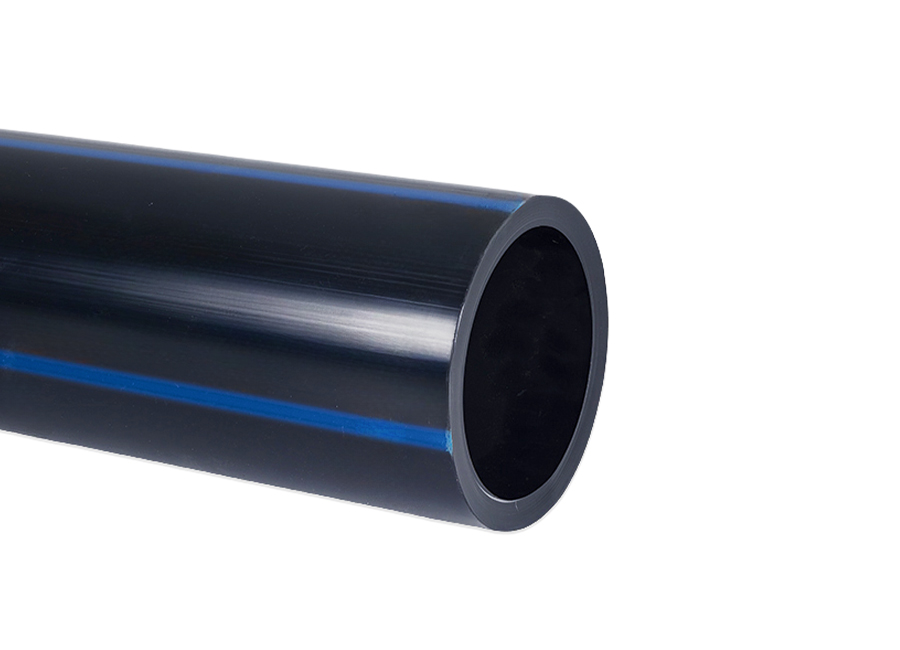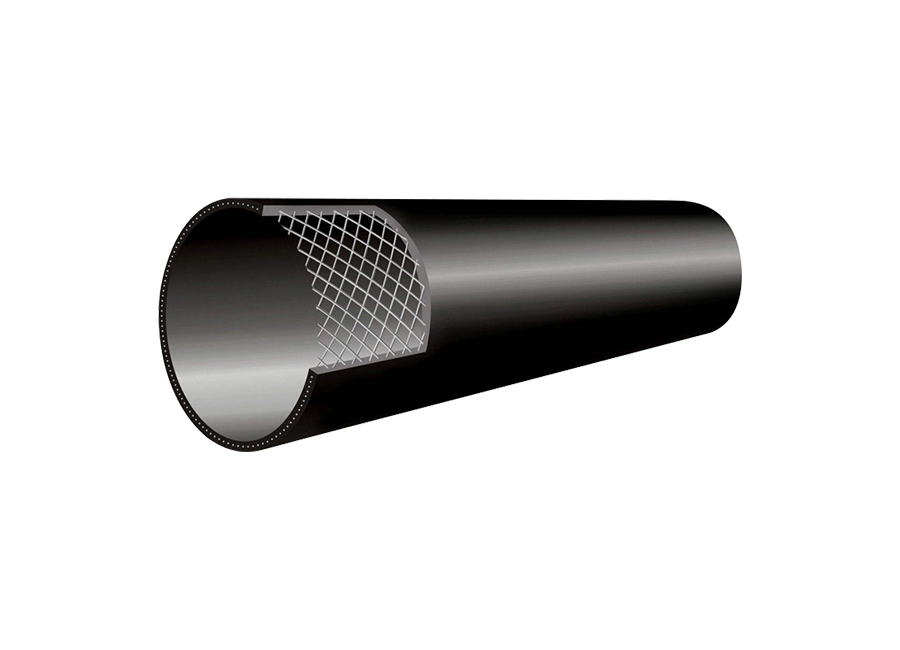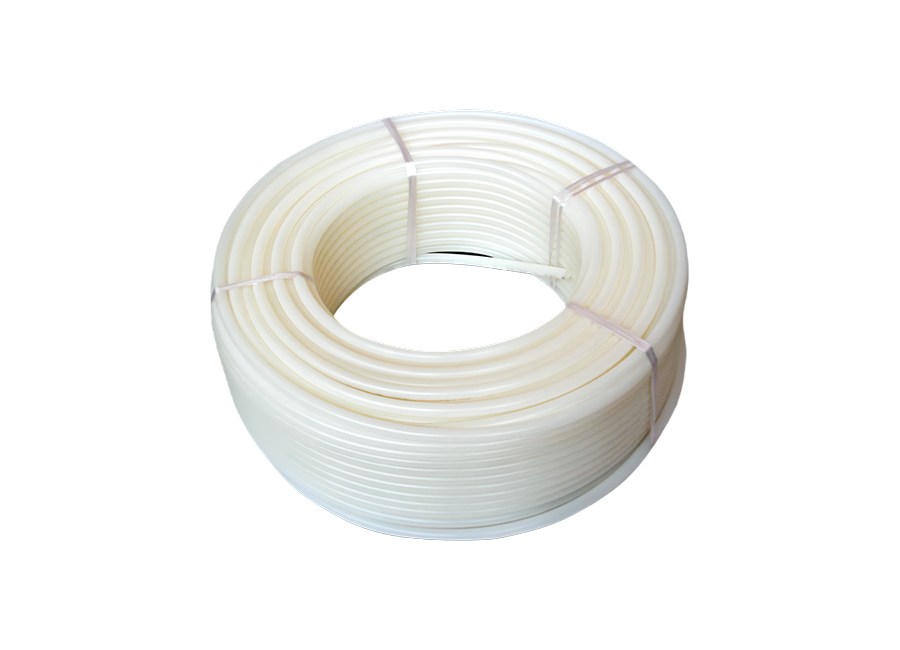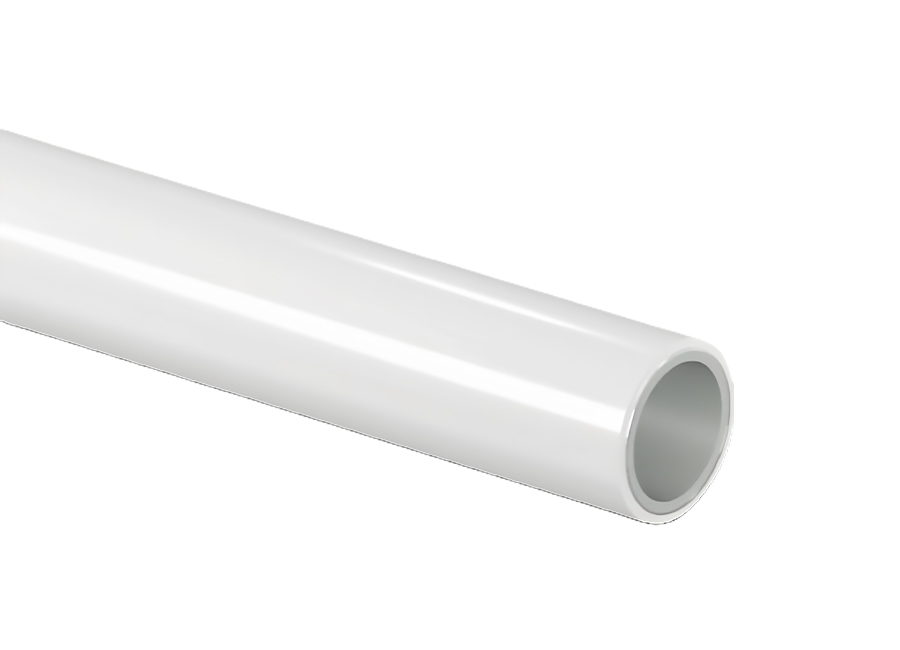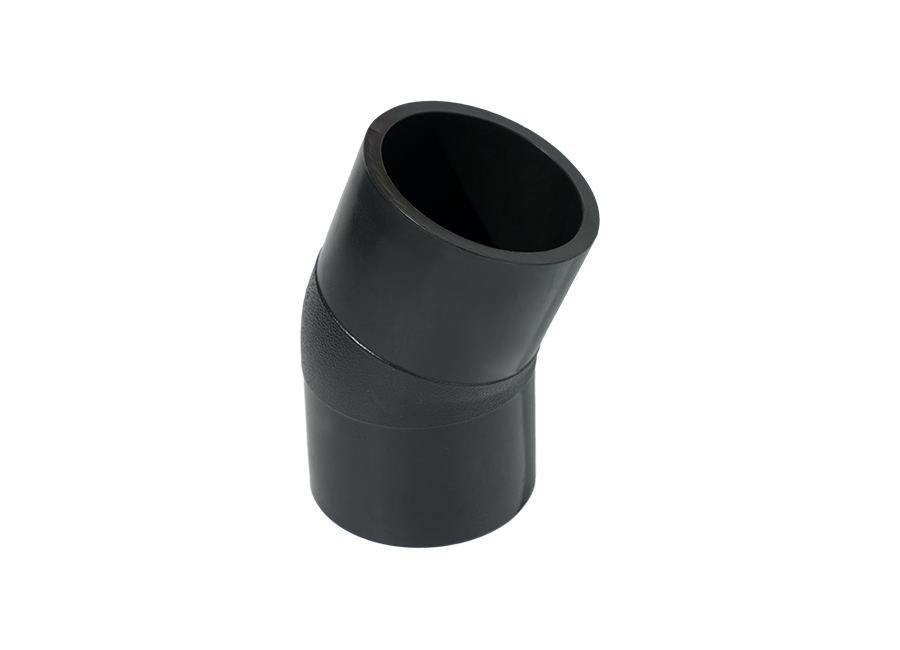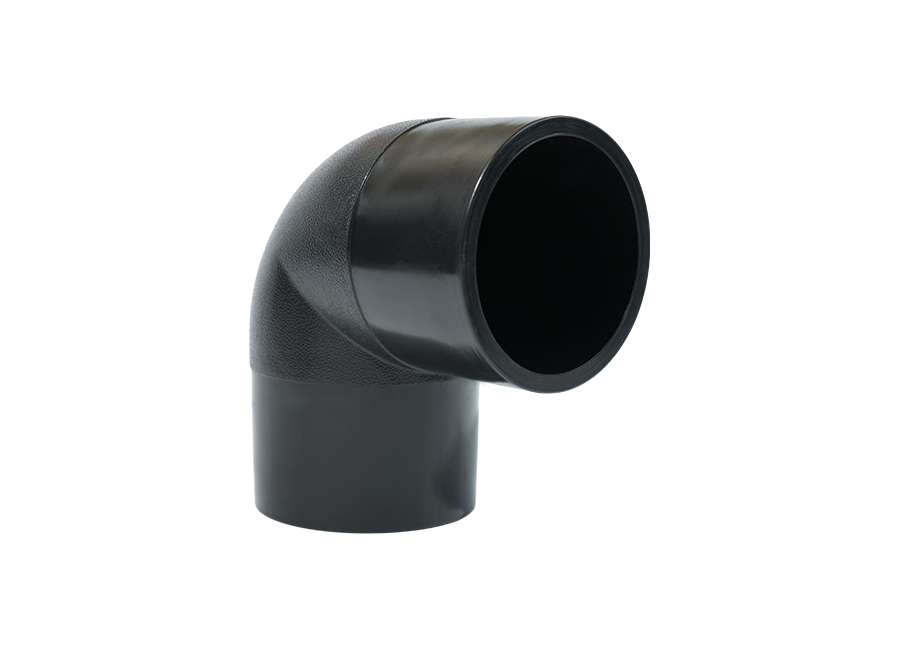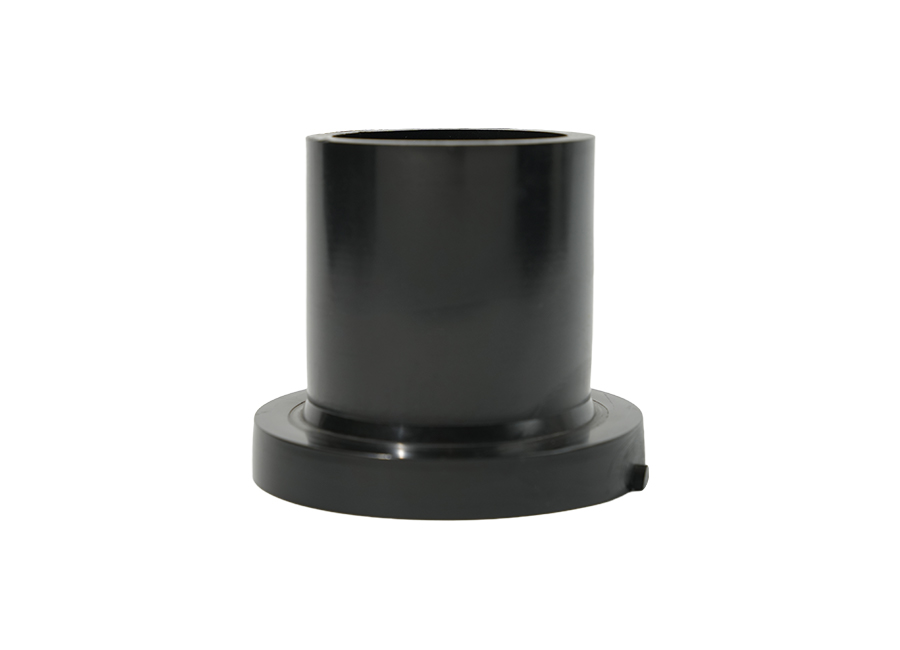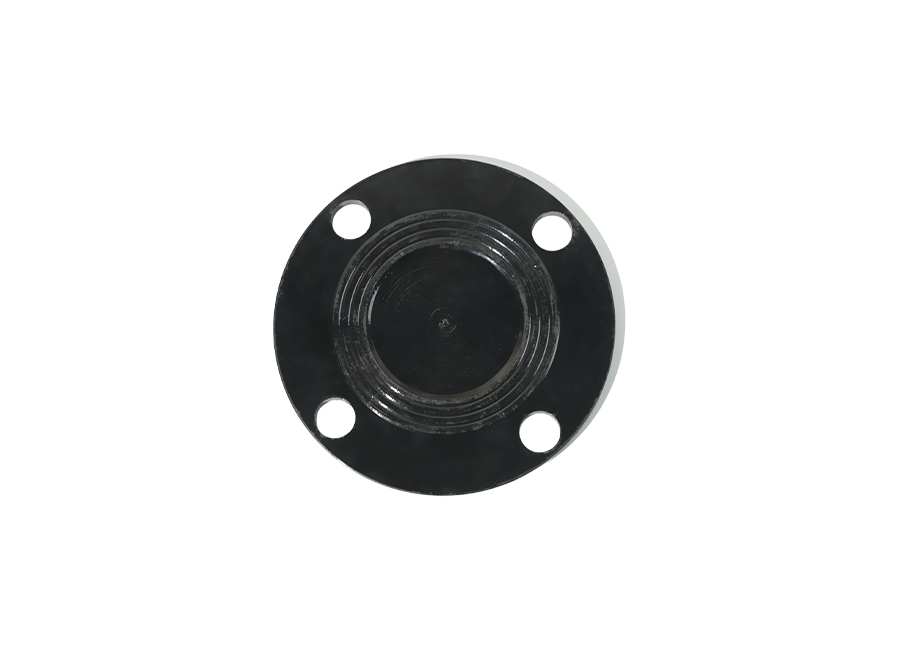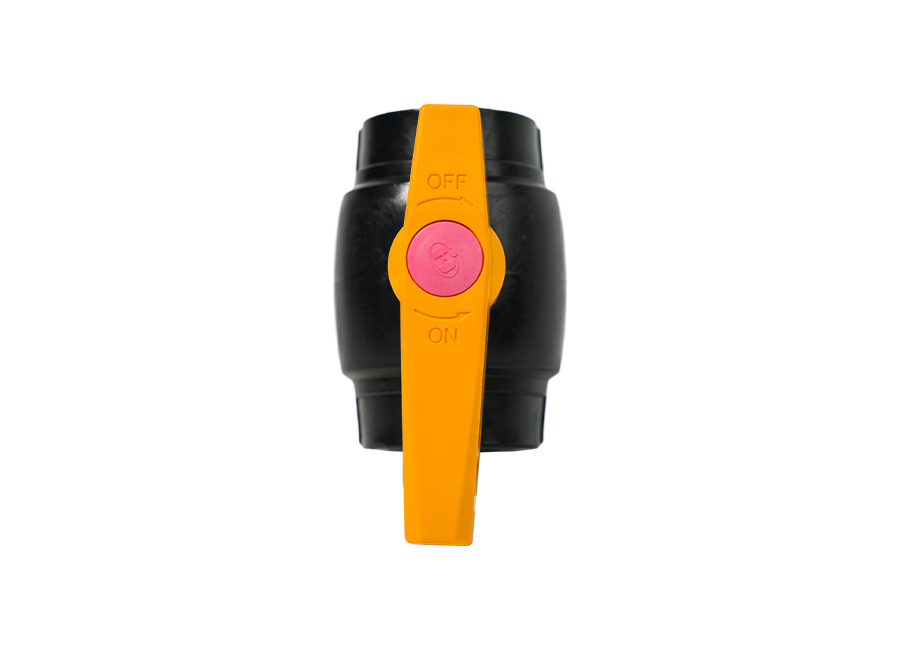- Molecular-level fusion of hot-melt connection
Molecular diffusion and winding When the PE pipe is hot-melted, the heating plate melts the surface of the pipe end (temperature 200-230℃), and the two ends of the PE pipe fitting are fitted under pressure. Polyethylene molecular chains diffuse and entangle with each other in the molten state, and form a homogeneous seamless connection after cooling, and its strength is even higher than that of the pipe body. Traditional flanges or mechanical connections rely on external seals, while hot melting achieves material body fusion, eliminates interface leakage paths, and prevents leakage of materials in the pipe.
Triple sealing structure formation--
Curling shape: When heated, the pipe end is squeezed to form a uniform flange (height ≥ 10% of the pipe wall thickness), which becomes a ring-shaped reinforcement rib after cooling;
Densification of the molten zone: Molten PE fills the microscopic defects on the surface of the pipe, eliminating pores and cracks;
Pressure self-tightening effect: The higher the internal pressure of the pipeline, the greater the compression force of the weld surface, and the stronger the sealing.
- Key steps to achieve "zero leakage"
|
parameter |
Standard range |
effect |
Risk of loss of control |
|
Heating temperature |
200–230℃ |
Ensure sufficient melting |
Insufficient temperature → false welding; too high temperature → carbonization |
|
Heating pressure |
0.15–0.3MPa |
Forming uniform curling edges |
Uneven pressure → flange height deviation |
|
Endothermic time |
Pipe wall thickness (mm) × 10–12 seconds |
Heat penetrates deep into the pipe wall |
Insufficient time → insufficient penetration |
|
Switching time |
≤5 seconds |
Prevent oxidation of the molten surface |
Overtime → surface hardening failure |
|
Cooling time |
Pipe wall thickness (mm) × 1–1.5 minutes |
Molecular chain crystallization solidification |
Early disturbance → internal stress cracking |

 English
English 中文简体
中文简体 русский
русский عربى
عربى


